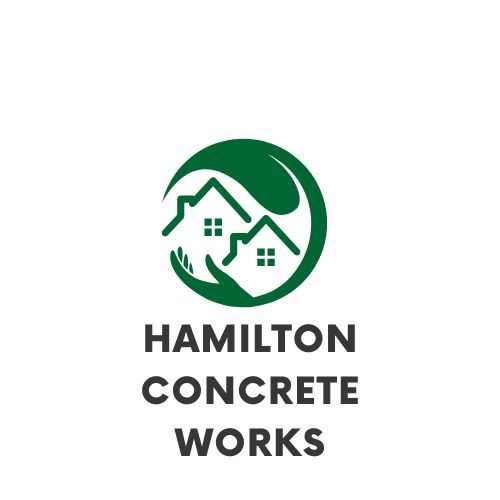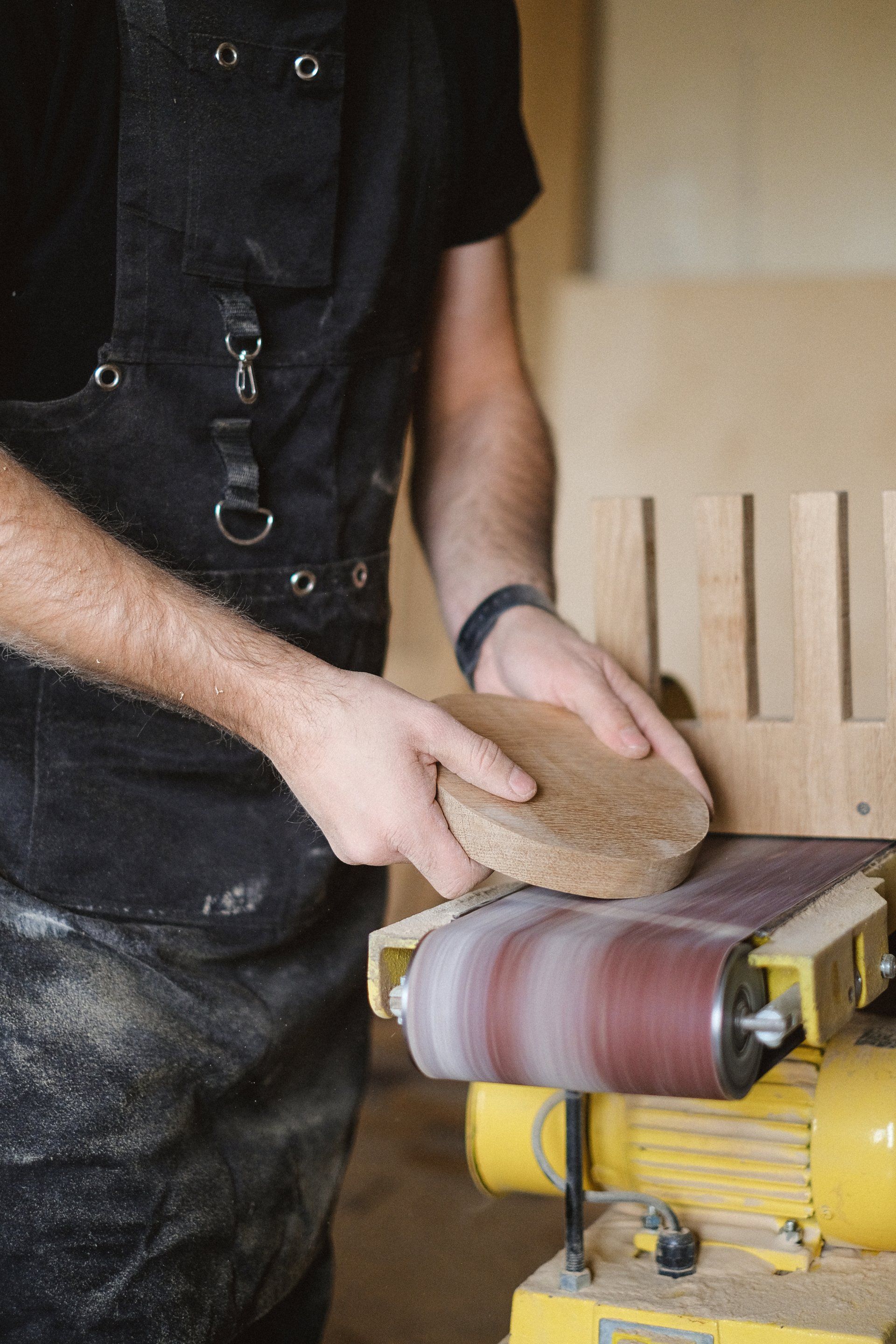Avoiding Common Mistakes When Pouring Concrete Foundations
Introduction
When it comes to constructing a solid and durable building, a strong foundation is of utmost importance. The concrete foundation serves as the base for any structure, ensuring stability and longevity. However, if not done correctly, pouring concrete foundations can lead to various issues down the line. In this comprehensive guide, we will delve into the common mistakes to avoid when pouring concrete foundations. By understanding these pitfalls and implementing the right techniques, you can ensure a successful and reliable foundation for your construction projects.
Importance of Proper Concrete Foundation
Before we dive into the mistakes to avoid, let's first emphasize the significance of a proper concrete foundation. The foundation is responsible for distributing the weight of the entire structure and transferring it to the ground. A well-designed and well-executed foundation will prevent settlement, cracking, and structural failures in the future. By investing in a quality foundation, you lay the groundwork for a safe and durable building.
Mistake #1: Inadequate Site Preparation
One crucial mistake that often leads to foundation problems is inadequate site preparation. Before pouring concrete, it is essential to ensure that the site is properly excavated and prepared. This involves removing any organic materials, such as plants or tree roots, and compacting the soil to achieve a stable base. Failure to adequately prepare the site can result in uneven settling of the foundation, leading to cracks and structural issues.
To avoid this mistake, it is crucial to engage in thorough site inspections and preparations. Work with experienced professionals who understand the importance of site grading, soil compaction, and proper excavation techniques. By investing time and effort in site preparation, you set the stage for a successful foundation pour.
Mistake #2: Inaccurate Concrete Mix Proportions
Achieving the right concrete mix proportions is paramount for the strength and durability of the foundation. Unfortunately, many construction projects suffer from the mistake of using inaccurate mix proportions. This can lead to weak concrete, compromising the integrity of the foundation.
To prevent this mistake, it is crucial to work with reputable concrete suppliers and ensure accurate measurements of the constituents. Consider factors such as the type of cement, aggregate size, and water-cement ratio. Adhering to proper mix design guidelines and consulting experts in concrete technology will help you achieve the desired strength and durability for your foundation.
Mistake #3: Insufficient Reinforcement
Reinforcement plays a vital role in enhancing the strength and crack-resistance of concrete foundations. Neglecting to include sufficient reinforcement is a common mistake that can have severe consequences. Without proper reinforcement, the foundation becomes vulnerable to cracking and structural failure, especially under heavy loads or in areas prone to seismic activity.
To avoid this mistake, it is essential to follow engineering guidelines and specifications for reinforcement. Consult structural engineers to determine the appropriate amount and placement of reinforcement bars (rebar) based on the specific project requirements. By reinforcing the foundation adequately, you enhance its load-bearing capacity and resilience.
Mistake #4: Improper Concrete Placement and Consolidation
The process of pouring and placing concrete requires careful attention to detail. Improper concrete placement and consolidation can result in weak spots, honeycombing, or voids within the foundation. These issues compromise the structural integrity and reduce the overall strength of the foundation.
To ensure proper concrete placement, it is crucial to use appropriate pouring techniques and equipment. The concrete should be evenly distributed and compacted to eliminate air voids and achieve a dense structure. Vibrating equipment can help in consolidating the concrete and removing trapped air pockets. Adequate supervision and inspection during the pouring process will help identify and rectify any issues promptly.
Mistake #5: Insufficient Curing and Moisture Control
Curing is the process of maintaining favorable moisture conditions in freshly placed concrete to facilitate hydration and enhance its strength development. Failing to provide sufficient curing and moisture control is a mistake that can weaken the foundation over time. Inadequate curing leads to decreased durability, increased permeability, and potential cracking.
To avoid this mistake, it is crucial to implement proper curing methods after the concrete is placed. This includes techniques such as covering the concrete with curing compounds, moist curing, or using curing blankets to retain moisture. Maintaining appropriate curing conditions, such as temperature and humidity, will promote optimal hydration and ensure the development of a strong and durable foundation.
Conclusion
In conclusion, avoiding common mistakes when pouring concrete foundations is vital for ensuring the long-term stability and durability of any structure. By focusing on adequate site preparation, accurate concrete mix proportions, sufficient reinforcement, proper concrete placement and consolidation, and appropriate curing techniques, you can minimize the risk of foundation problems.
Remember, a strong foundation is the cornerstone of a successful construction project. Invest in experienced professionals, adhere to industry best practices, and prioritize attention to detail throughout the process. By doing so, you can confidently build structures that stand the test of time and leave a lasting impression.
Are Ready To Work With HAMILTON CONCRETE WORKS?
Let's get in touch!
Send us a message and we’ll be in touch.
Or give us a call today at 289-204-1632
We will get back to you as soon as possible.
Please try again later.


We serve Hamilton and the surrounding communities with our utmost dedication to your satisfaction. Locally owned and operated for more than 20 years, our mission is to be your go-to concrete service provider in known for reliability, craftsmanship, and commitment to excellence.
Please visit our friends at
Epoxy flooring Hobart
Company
Business Hours
Business Hours
- Monday
- -
- Tuesday
- -
- Wednesday
- -
- Thursday
- -
- Friday
- -
- Saturday
- Appointment Only
- Sunday
- Appointment Only
Contact Information
Business Address: 1241 King Street West, Hamilton ON L8S 1M5
Phone Number: 289-204-1632
Email Address: hamiltonsconcrete@gmail.com
@ 2024 All Rights Reserved | Hamilton Concrete Works | Made by Visionary Leads









